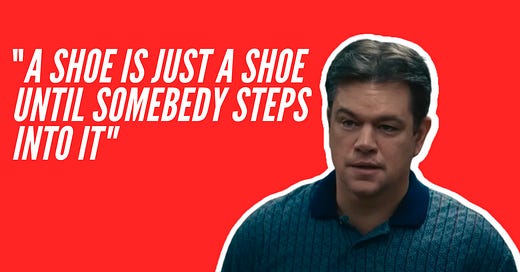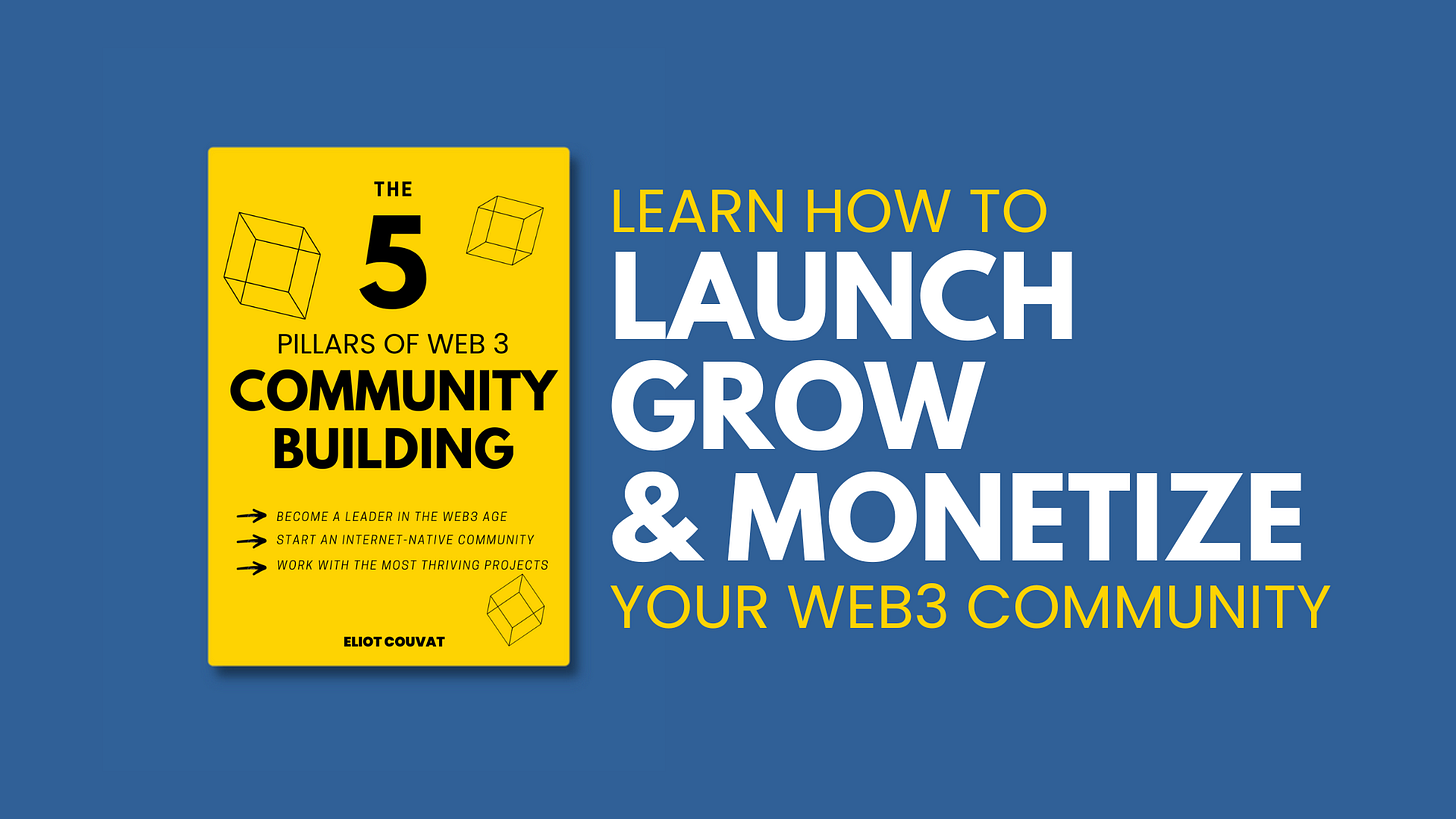How To Drive Sales To The Roof
There is a difference between a customer and a fan, and that is belonging.
I’m writing about internet-native communities & Culture more broadly, exploring the possibilities the internet unlocks. If this sounds appealing to you, make sure to subscribe to this newsletter. Enjoy!🔥
If you’re not a subscriber yet, here’s what you missed in the past months:
Down the line, we're all looking for the same thing:
Deepening our identity with a group we belong to.
It's human nature.
A personal anecdote on this:
When I was a kid, I started wearing large pants and talking about "grinding the ledge in 50-50".
All of a sudden, I wasn't simply skateboarding anymore.
I was becoming a skater, and to me, it was the best feeling in the world.
I started defining myself through the Skate community's symbols, learning the names of the best skaters, growing cult following to Nyjah Huston, watching every video I could find, using new words, and wearing new clothes.
Those different symbols became an essential part of my identity, and they let me define myself through a new lens.
At school, I was now a "skater," the same way others were the "cool kids" or the "nerds."
Coming with my board at school or using a new language was making me get perceived in the way I wanted. Those symbols shifted my posture and the way I greeted others (opening the door to endless and ever-weirder handshakes).
But even more importantly, as I was going downtown on Saturday afternoons, I started buying ever more products where there was a shared understanding and meaning between a brand's values and me.
Slowly but surely, my mindset shifted from:
"What clothes should I buy?"
to
"Who am I, really?"
I wasn't buying those hoodies or pants because I needed them but because those clothes were my way to tell the world:
I'm a skater, and I'm proud of it.
I started living and breathing for this community, wearing new products to deepen my relationship with the values this community represented.
We All Need Meaning In Our Lives
Because we need products to signal to the world who we really are, and artifacts to be more “us”, communities will always drive sales to the roof.
The best communities all have clear ways to let their members flex their belonging, like uniforms, memes, or other artifacts that make a group a group.
I recently watched the movie AIR, the one that retraces the story of how Sonny Vaccaro and Nike pursued the basketball rookie Michael Jordan to make him sign a partnership with Nike, eventually revolutionizing the world of sports and contemporary culture.
There’s a scene where the entire Nike team is with Michael Jordan and his family in a meeting room to decide if yes or no they’re all going to collaborate.
In this scene, Sonny delivers a 2min long speech to convince them to sign with Nike and not Adidas. At some point, he looks at Michael and says:
“A shoe is just a shoe until somebody steps into it. Then it has meaning. We need you in these shoes not so you have meaning in your life, but so that we have meaning in ours.”
Banger.
I think what really made this one resonate with me is that it captures the essence of why we buy.
What makes most of us buy in the end is not the product but the shared understanding there is between us and what the product represents. The value that is associated with it, and the person it makes us become.
When you see a group you want to join, you stop thinking in a rational way.
Because you have created in your mind a picture of what you'll become by joining the community, and you'll do whatever it needs to fulfill this desire.
We buy products for meaning, belonging, and some sense of community.
The Case For Ugly NFTs
During the crypto craze, many said NFTs were ugly, expensive, and useless.
And for the most part, they were.
But I feel like the critics are missing the point.
NFTs have never really been about the object people were buying, more so than the feeling of belonging and the opportunity to enter a group of like-minded peers.
People bought overpriced JPEGs because they believed in a movement. Because this was a way for them to be part of something bigger.
They wanted to be "IN," and the price or the image didn't matter anymore.
When we're looking at Nike, their shoes are fundamentally commodities. You run as fast in a Nike shoe as in an Adidas one, and your feet will be just as well protected in New Balance shoes as in a Nike shoe.
But they convinced you that wearing Nike is not just wearing a pair of shoes.
Wearing a Nike shoe means becoming part of those who push the limits, those who constantly surpass themselves and change the rules.
In the same way, Apple convinced you that having a MacBook and an iPhone makes you part of those who see things differently, who have no respect for the status quo, who change things and push innovation forward.
Could you right-click and save the image instead of buying the NFT? 👍
Could you get New Balance's shoes and run as fast? Absolutely
Could you get a cheaper smartphone than an iPhone? Yep.
But then, you wouldn't be part of those communities.
You could technically get all of those, but getting specifically an iPhone, Nike shoes, or a special NFT is the price to enter the movement.
It's the commitment the loose-ended tribes ask you to be part of it.
The high price becomes a feature, not a bug.
Because it needs a commitment, those boundaries prevent anyone from entering the community and protect members.
Closing thoughts
A community makes us feel alive and accepted.
It turns a product into something that has meaning.
Without a community, your product is a commodity.
With one, it becomes irreplaceable.
Because, in our mind, the price of things is not necessarily related to their cost but to their intangible, symbolic value.
And if we need to spend all of our money, it doesn't matter. Because that's why we're buying.
We’re buying products to solve problems, sure, but before anything else, to belong.
Speak soon,
- Eliot
PS: I'm experimenting with new tones and ideas. If you enjoyed today's edition, let me know here - It'll help me understand better what topics I should write about next.
Because so many of you asked advice on how to build and grow their internet community, I’ve decided to gather all my knowledge in a 40-pages guide, compiling the best practices I've discovered to launch, grow and monetize a community in Web3.
I’m giving it away for free, all I ask is that you share this article with a friend that you think would enjoy it as well. If each one of you have just one friend subscribing to this newsletter, I’ll reach my goal of getting 3,000 readers by June.






